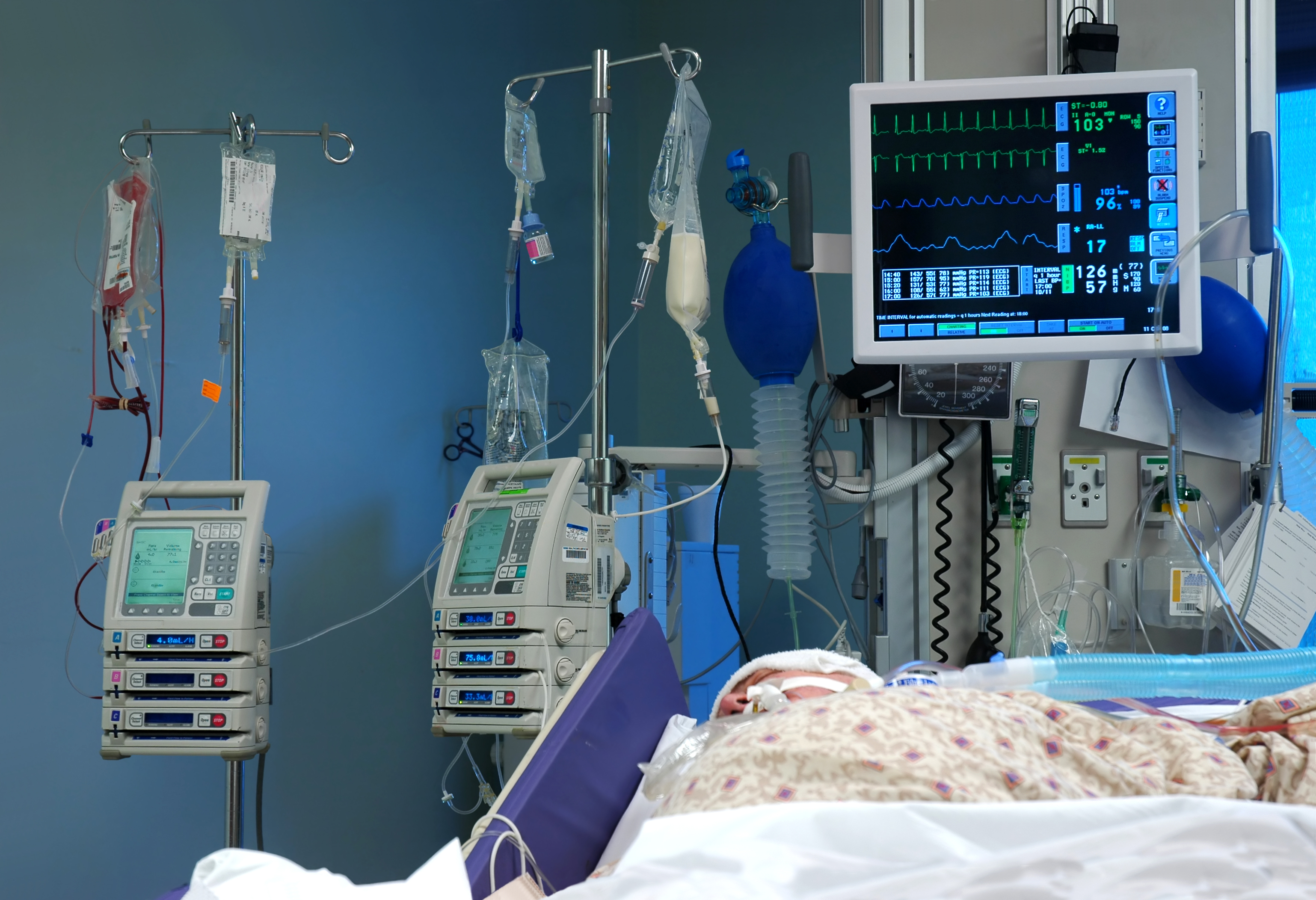Tech moral scenario 1:
Chris is a 23-year-old student from Munich. She enjoys the lovely, warm Saturday afternoon riding her motorbike through the wonderful landscape of the Bavarian Alps. Following the curves around the mountains, she is fascinated by the great view of snow-covered mountains and turquoise lakes. She pulls the brake a little for the next curve…
- “Peep-peep-peep-peep”
What an awful sound. Chris feels terrible pain all over her body. She opens her eyes and is blinded by the white bed and the bright wall paint. After her eyes gradually adjust to the brightness, she recognizes that she is in a hospital. Suddenly, she feels a soft, warm touch on her right hand and the trembling voice of her mother:
- “Oh darling, I’m so happy that you’re finally awake.” Chris tries to answer but she can only mumble something incomprehensible.
- “Don’t worry,” her dad, sitting on the other side of the bed, replies, “you will soon get well again. “A car hit you when you were out on your bike.”
- Her mother interrupts him: “Luckily the following car saw you lying at the side of the road and called the ambulance.”
- “I don’t know how many of your bones are broken. But the worst thing is that your kidney is irreparably damaged,” Chris’ father discloses the terrible news.
Immediately, Chris has a horror scenario in her head. Her, sitting in the hospital every second day for dialysis while waiting for a suitable donor organ and taking medication for the rest of her life.
Again, she hears the calm voice of her father, “Modern medicine is unbelievable. After the emergency operation, the doctor came in and took a DNA sample. First, I couldn’t believe it, but they are printing a new kidney for you right now. In less than 30 days, it will be ready for transplantation.”
A grey-haired doctor enters:
- “Hi Chris, I’m Dr. Müller. Nice to meet you. Be assured that your new kidney is growing and there won’t be any rejection reaction at all since the kidney is printed for you individually.”
On his way out, Dr. Müller chokes back his tears, remembering all the patients he saw dying while they were waiting for donor organs before SynBio provided him and his colleagues with the live-saving new technology of organ printing.
Tech moral scenario 2:
Luke is born on a cloudy Monday outside of Seattle, Washington. His parents are ecstatic and the family cannot wait to bring him home. However, there is a complication as Luke was born with a defective liver. Although otherwise healthy, his life is already in dire jeopardy. His parents are heart-broken that their beautiful child is facing such risk.
In situations like these, it is possible to find a donor for Luke. However, this depends on finding the right donor with similar biological make-up to Luke, as well as a lot of luck that the transplant will be successful.
Today, there is a new possibility. Luke's parents have heard about 3D printing for organs, and ask the doctors if this is possible. The doctors explain that this new technology is making organ transplants more accessible for people such as Luke. With 3D printing, Luke could have a new, healthy liver printed from his very own DNA, highly reducing risk and improving his chance of complete recovery.
Suddenly, there is a thread of hope for Luke's parents and their newborn son. Luke may need help, but this technology opens many opportunities for his well-being. With any luck, 3D organ printing can provide a full and healthy life to Luke and other people in need of organ transplants.

A donor organ not only helps the patient but is a relief also for family and friends
How these tech-moral scenarios influenced our project
During the project we often discussed the new possibilities that successful organ printing would have. The situation in Germany is especially pressing since only very few people are organ donors which results in a huge shortage of available organs.
Of course we hope to reduce or even solve this problem with our organ printing technology in the future. In fact the real world impact that our technology might have in the future is one of the major reasons that motivated us every day during the last few months. The numerous interviews that we conducted with e.g. medical doctors strengthened our sense for the urgency of organ printing even more and we are more convinced than ever before that a successful implementation of the technology could save thousands of lives every year. However, the interviews also sharpened the responsibility that we perceive when dealing with our new method. Beyond a bio-safety responsibility, researchers in our field are responsible for a clear and honest communication with various stakeholders. Patients on a waiting list for a donor organ are in an extremely stressed situation. Over-optimism and broken promises worsen their situation. We therefore focused on a clear, understandable, and honest communication of our project and our results. For more information please refer to our Engagement page. We did our best to combine a healthy optimism that is needed to do cutting-edge science with a responsible communication to vulnerable stakeholders.
Kill switch (summary)
The kill-switch was implemented into our project as we were asked several times in discussions with experts (such as medical doctors or life science professors) what would happen if we would have some malignant cells in our printed organs. As this case is potentially possible and may also be a factor patients or healthcare officials would probably be sensitized, we started to plan a kill switch. We decided to integrate as very solid and simple kill switch that features a constantly expressed prodrug-convertase enzyme. The prodrug-convertase expressed in the printed organ is generally not harmful as long as no problems for the patient occur. In an emergency case in which a doctor decides that the synthetic tissue needs to be removed from the patient he gives the patient a single pill with the prodrug (which is Famciclovir in our case) and all transgenic cells in the patient will suffer from a reduced viability and die in only a few days.
Linker chemistry (summary)




